Russian broom
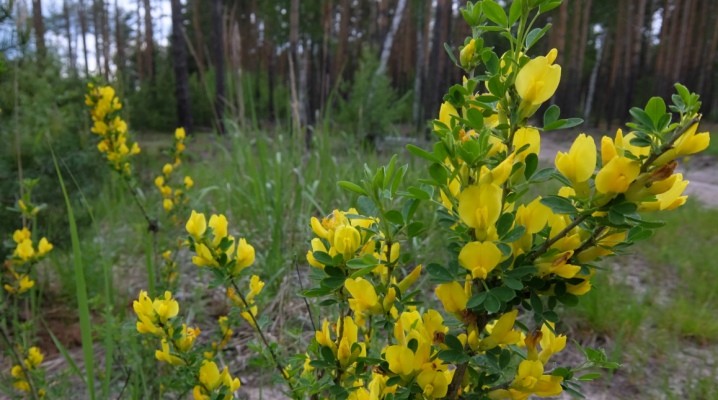
Russian broom is a perennial deciduous or evergreen plant. It is often used by landscape designers to decorate flower beds and other compositions in personal plots. In order for the shrub to look attractive, it must be properly cared for.
Description
Broom (in Latin - Cytisus) is represented by shrubs or undersized trees. Belongs to the legume family. This genus includes about 70 varieties, but only 15 of them are cultivated. The plant thrives best when it grows in sandy or sandy loam soil. Most often in the wild, the plant is found in North America, Western Asia and Europe. The main purpose of the broom is for decoration. It is sometimes used to strengthen sandy slopes.
The height of broom shrubs starts from 50 cm, but it can reach 3 meters. The leaves are alternately arranged. Some varieties of shrubs have light gray pubescence in some areas. Inflorescences are capitate or racemose. The most common color is yellow. In rare cases, the inflorescences are colored pink or purple. There are also two-tone options.

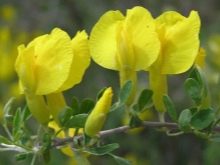
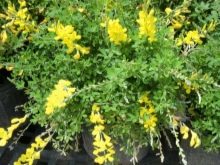
Most of the cultivated broom species are honey plants. The fruits are linear polyspermous beans. As they ripen, they crack. Flat seeds have a glossy finish.
Let's consider the most common types of plants.
- Sortzinger (deciduous bush). This species is rightfully the most widespread in Russia. It does not exceed 2 meters in height; during the flowering period, spike-shaped inflorescences appear on the shrub. A distinctive feature is its toxicity.
- Early broom. In height, the stems reach 100-120 cm, the foliage is dense, the flowers are pale green. The flowering period is in mid-May or early June. A distinctive feature is the plant's resistance to low temperatures.
- Oblong. In height, the stems of this species rarely grow more than 1.5 m. The plant is thermophilic, the flowering period is long (about 60 days).
- Rod-shaped. A distinctive feature of this species are pink inflorescences. It is a frost-hardy shrub with long and straight stems.
- Bored. This is another of the more popular types. Widespread due to the long flowering period. The beginning falls on the first days of June, and the process ends only in the fall.
These are far from all species cultivated in the territory of the Russian Federation, as well as in other countries.
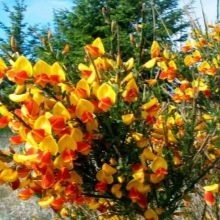
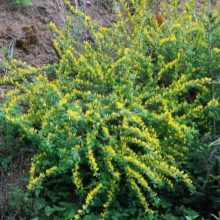

Landing
First you need to decide on the choice of a place for the broom. He prefers spacious areas with sunlight. Does not like shade and drafts. They are planted in open ground most often in spring. Experienced gardeners recommend choosing the last days of April or the very beginning of May for this business. But you should always be guided by the weather conditions. Some, on the contrary, prefer to plant broom in the fall. When choosing a location, it should also be borne in mind that the plant can emit poisons. That is why it is unacceptable to place it in the immediate vicinity of water bodies.
After the site is selected, you can start planting work. In the process, you must focus on the following rules:
- the soil should consist of sand in two parts, and also have one part of humus and soil (this is the most favorable combination for broom);
- the plant does not tolerate soils with high acidity, therefore, if necessary, it is recommended to add deoxidizers;
- any drainage is recommended for best development.
The first few days after planting over the plant, you need to exercise increased control. It is important that it takes root in the chosen place.
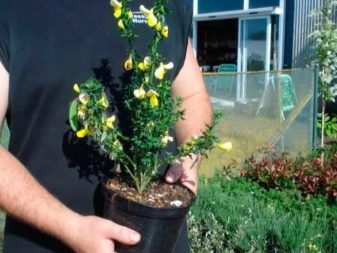
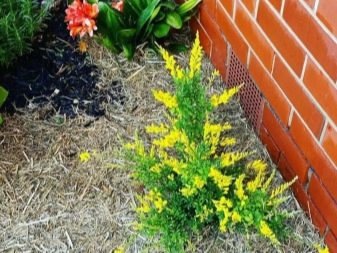
Care
If the broom was originally planted in good soil, then it will not require any special care. Everything is carried out according to the standard scheme: watering, pruning, loosening the soil, if necessary, pest and disease control.
Abundant watering is required for the broom during the summer drought, as well as in the spring-autumn period. But here it is important not to overdo it, since excessive watering will lead to acidification of the soil, and this is harmful to the broom.
If necessary, you can make top dressing in the form of humus. This is done at intervals of 1 to 3 times in 12 months. Nitrogen fertilizers are applied to the soil in the spring, and phosphorus-potassium fertilizers - in the summer.
Pruning branches is permissible only after the flowering period. In the process, it is important not to damage the woody part of the bush. For the winter, covering material is used only for young individuals. Adults are able to withstand temperature changes without any loss.
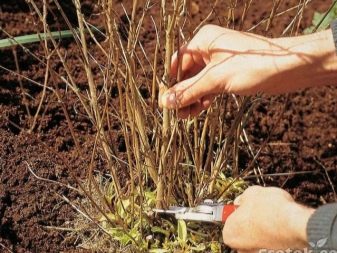
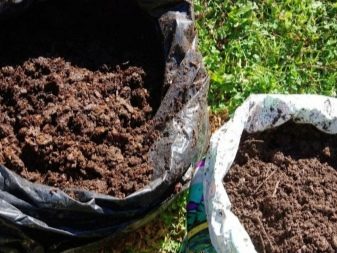
The most common diseases affecting broom are black spot and powdery mildew. Suitable fungicides are used as medicine. They must be purchased at the store, prepare a solution in accordance with the instructions, spray the diseased plant. The same procedure can be carried out as a preventive measure. If the disease is not treated, the broom will die.
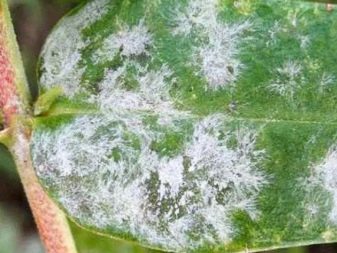

Use in landscape design
Despite the fact that some types of broom are poisonous, they are actively used to decorate flower beds in personal plots. The most successful examples are presented in a selection of photographs.
Landscape designers note that the broom will look good in a flower bed, among other ornamental plants. It can also be grown as a free-standing tree or shrub. The advantages of the broom are the long flowering period, pleasant greenery, and easy maintenance. Those who are going to grow a plant in their personal plot should be aware of the toxicity. Special attention should be paid to gardeners with children and pets.
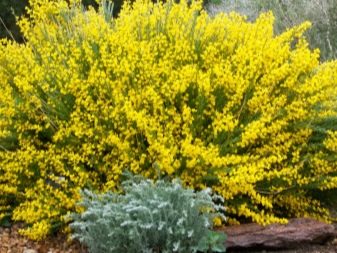
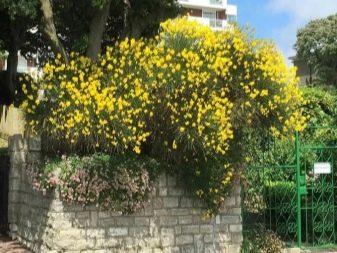

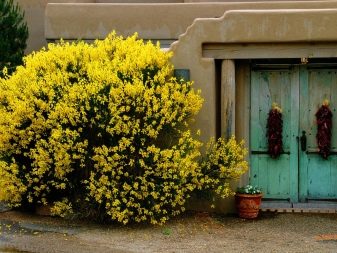
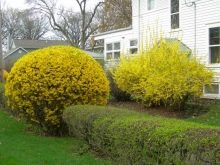

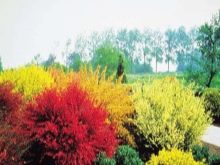



































































The comment was sent successfully.